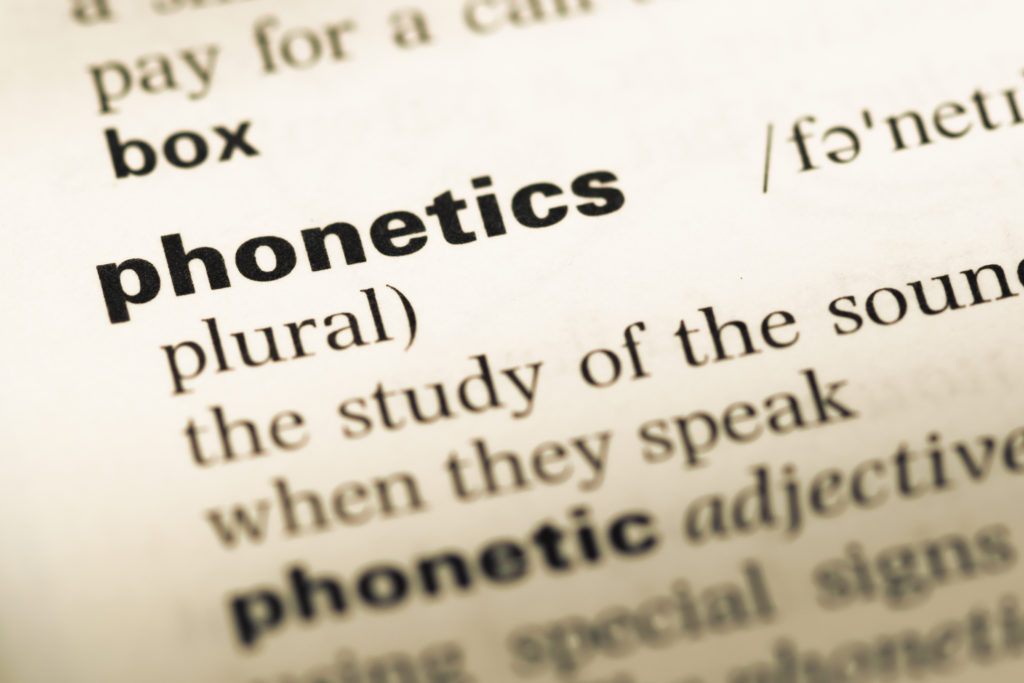Hello lovely students! Are you looking to ace your pronunciation? Would you like to know how to pronounce vowels and consonants properly? Then look no further than this article on the International Phonetic Alphabet (IPA) with a link to an interactive chart below.
You’ll be speaking fantastically in no time.

What is an IPA chart and how will it help my speech?
The IPA chart, also known as the International Phonetic Alphabet chart, was formulated by the International Phonetic Association in the 19th century. It was based on the Latin alphabet.
It is popular with linguists and contains symbols. These symbols represent sounds in spoken English, not other languages. The International Phonetic Alphabet chart is based on the Received Pronunciation accent, which is widely regarded as the standard accent in the UK and abroad. This is central to know when studying the language.
In total, the International Phonetic Alphabet chart has 44 sounds which are known as ‘phonemes’. The ‘phonemes’ are written as symbols and each helps with perfecting speech. As English has a lot more pronunciation exceptions than other languages, it is central to know the chart as the spelling of a word does not always tell us how we should say it.
Take the word bought for example (which is the past of the verb buy). Its spelling makes the reader think it should sound like how it is written. In reality, it sounds more like this: bort.
This should make the English language easier. Let’s take a deeper look below.
IPA chart structure
There are three important areas to consider when looking at this. The chart is divided into vowels and consonants and each of them have their own symbols.
In the vowel section, it is divided into two sections: monophthongs and diphthongs.
These sound like difficult words, but they will be easier to grasp after these definitions.
Monophthongs : a word with a single sound vowel, such as slip or sleep.
Diphthongs: a combination of two vowels, which sounds like one vowel when put together. For example, coin or loud.
The consonant section is not divided and has 24 symbols, whilst the vowel section has 20 symbols.
Are you ready to take a closer look at monophthongs and diphthongs?
Monophthongs in the IPA chart
Take a look at the monophthongs section in the table below.
Of course, there are plenty more words that can be included in each of the sections, but here are a few.
| i: | me, see, need, be, leave | ɜ: | earn, learn, turn, yearn, churn |
| I | pit, sit, with, this, wink | ɔ: | oar, or, floor, bore, chore |
| ʊ | foot, cook, look, book, hook | æ | map, cat. bad, pack, sand |
| u: | to, new, you, shoe, cool | ʌ | mud, bus, shut, but, up |
| e | when, men, said, leg, hen, head | ɑ: | palm, calm, cart, smart, start |
| ə | letter, power, flower, tower, shower | ɒ | lot, cot, dot, pot, on |
Diphthongs in the IPA chart
Now take a look at the diphthongs section and the table below for more examples.
| ɪə | ear, cheer, year, deer, fear | əʊ | go, bow, sew, so, flow |
| eɪ | say, pray, day, way, stray | eə | air, chair, rare, bare, there |
| ʊə | tour, sure, cure | aɪ | I, eye, pie, fight, fright |
| ɔɪ | oil, coin, boy, voice, boil | aʊ | owl, out, count, bow, cowl |
Have you revised these IPA symbols? If yes, let’s move onto the consonant section.
Consonants in the IPA chart
Consonants are the biggest section as they have 24 symbols. Remember, they are not divided into sections like vowels.
As with the vowel section, take a look below for more examples.
| p | pay, happy, pet | ʧ | choke, watch, catch | b | best, trouble, tub |
| f | fine, offer, off | s | miss, face, snake | v | vine, of, save |
| t | mat, tile, flat | ʃ | show, push, rush | d/ | dip, sad, mad |
| θ | thin, both, method | k | cat, back, talk | ð | with, then, other |
| ʤ | joke, June, large | g | game, bag, big | n | nail, fun, nine |
| z | crazy, lazy, phase | h | he, heal, hill | ŋ | sing, fling, wing |
| ʒ | measured, treasure, pleasure | m | some, mail, mum | r | real, courage, umbrella |
| l | love, like, follow | w | we show, wheel | j | you, beyond, yacht |
Once you have done that, see if you can think of any more examples to put into each section and write them in a document. This is important to improve your speech.
Further advice
Find the link to access my full version of the chart on the page here
Is that everything?
Absolutely not! Look at the videos below on pronunciation on my channel, English with Lucy.